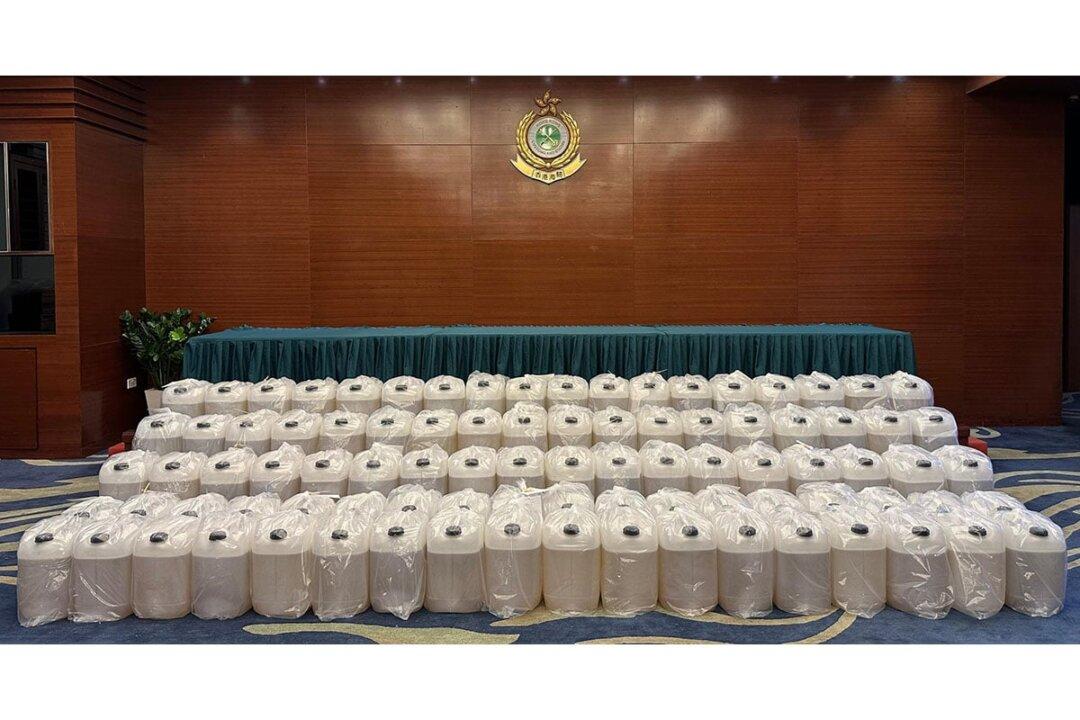According to the latest study by the Consumer Council in Hong Kong, 48 of 55 nutrition labels of pre-packaged food samples failed to meet recommended guidelines, that is, 87 percent of the nutrition labels were non-compliant.
The Consumer Council staff randomly purchased 55 pre-packaged food items for the study. The items included five types of bakery items, cakes, cereals, four types of butter and cheese, three types of soy products, four types of chilled and frozen food, three types of dairy and non-dairy milk, eight types of beverages and instant drinks, five types of biscuits, seven types of snacks, five types of instant noodles, four types of canned food, and seven types of cooking oil or sauces.

